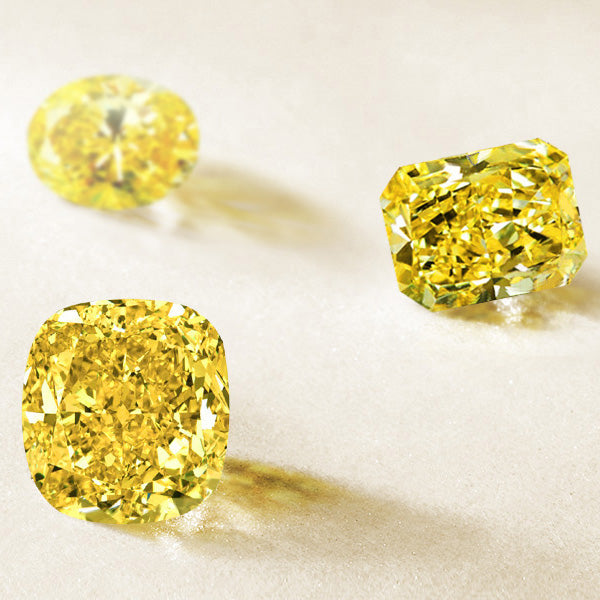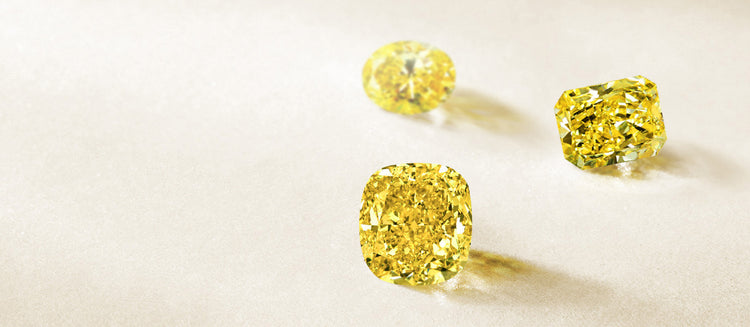FAQs About Precious Metal Rings
When you're looking at 14K versus 18K gold, the main difference lies in the proportion of pure gold to other alloy metals. An 18K gold ring contains 75% pure gold, giving it a richer, deeper gold color and a higher intrinsic value. A 14K gold ring has 58.3% pure gold, with the rest being those strengthening alloys.
Now, which one is "better" really depends on what you're looking for. If you adore that luxurious, intense gold hue and value the higher gold content, 18K is a beautiful choice. However, because it has more pure gold, it's also a bit softer and might show scratches or wear a little more readily than 14K gold. On the other hand, 14K gold offers a fantastic balance. It's still got a lovely gold color, but that higher percentage of alloy metals makes it more durable and resistant to the dings of everyday life. It's often a very popular choice for rings that will be worn daily, like engagement or wedding bands, because it marries beauty with practicality and is typically more affordable than 18K./p>
This is a very important consideration! For those with sensitive skin, the goal is to choose a hypoallergenic metal, meaning it has a very low chance of causing irritation. Topping the list for kindness to skin are Platinum and Palladium. Platinum is renowned for being highly hypoallergenic, largely due to its purity. Palladium, also part of the platinum family, is nickel-free and an excellent choice.
High-karat yellow gold, specifically 18K or higher, is also generally a safe bet. Pure gold itself doesn't cause allergies, so the more gold in the alloy, the lower the risk
Metals you might want to approach with more caution if you're sensitive include traditional white gold, as many alloys contain nickel (a common allergen) to achieve that white color. Always ask if a nickel-free white gold option (often alloyed with palladium) is available. Sterling silver can also occasionally cause issues for very sensitive individuals if the alloying metals (beyond the 92.5% silver) contain traces of irritants, though this is less common with reputable jewelers.
When we talk about platinum developing a "patina," we're referring to a soft, satiny, slightly matte finish that naturally occurs on the surface of the metal over time due to everyday wear and tiny microscopic scratches. Unlike gold, where a scratch means a tiny bit of metal is lost, with platinum, the metal tends to just get displaced.
Whether this patina is "good" or "bad" is entirely a matter of personal preference! Many people absolutely love the patina that platinum develops. They see it as a beautiful testament to the ring's journey, adding character and a vintage-like charm. It tells a story. However, if you prefer your platinum to always have that bright, high-polish, mirror-like shine, that's perfectly achievable too. A professional jeweler can easily polish away the patina and restore it to its original luster. So, it's not a sign of damage, but rather a unique characteristic of how this noble metal ages.
This is a common dilemma, as all three offer that beautiful white look! Let's break it down:
- White Gold: This is typically yellow gold alloyed with white metals and then plated with rhodium for that bright white shine. It's often more affordable than platinum. The main thing to remember is that the rhodium plating will wear over time, so it will need re-plating (perhaps every year or two) to maintain its whitest appearance. Also, be mindful of potential nickel content if you have allergies.
- Platinum: This is a naturally white metal, so its color won't fade or change, and it doesn't need plating. It's incredibly durable and dense, giving it a satisfying heft, and it's highly hypoallergenic. It does tend to be the most expensive of the three. It will develop that characteristic patina over time, which, as we discussed, can be polished out if you prefer.
- Palladium: Also naturally white (no plating needed) and hypoallergenic like platinum. The big difference here is that palladium is much lighter than platinum, which some people find more comfortable for everyday wear. It's generally more affordable than platinum, though its price can fluctuate. Resizing palladium can sometimes be a bit more challenging for jewelers than gold or platinum.
So, your choice might come down to budget (white gold often being most accessible, platinum most premium), maintenance preference (white gold needs re-plating, platinum and palladium don't), weight preference (platinum is heavy, palladium is light), and whether the idea of platinum's patina appeals to you.
Understanding these terms is so important when you're looking for quality!
- Gold Plated jewelry has a very thin layer of gold electroplated onto a base metal (often brass or copper). Because the gold layer is so minimal (sometimes just a micron or less ), it can wear off relatively quickly, exposing the base metal, which might then tarnish or cause skin irritation. It's generally the least expensive and lowest quality of these options.
- Gold Filled jewelry has a much thicker layer of gold that's been mechanically bonded (using heat and pressure) to a base metal, usually jeweler's brass. To be called "gold filled" in the U.S., the gold must be at least 10K and make up at least 5% (or 1/20th) of the item's total weight. This results in a significantly more durable gold finish that resists wear and tarnish much better than plating, and can last for many years with care.
- Gold Vermeil (pronounced "vehr-MAY") specifically refers to a piece that has a sterling silver base, which is then plated with a layer of gold that must be at least 10K and at least 2.5 microns thick. So, you have two precious metals involved. The gold layer is thicker than standard plating, and the sterling silver core is generally better for sensitive skin than common base metals.
For "fine jewelry" where longevity and intrinsic value are key, solid gold or platinum are the traditional top choices. However, if you're considering gold-finished pieces that offer a more accessible price point while still providing good quality, gold filled generally offers better durability and more gold content than gold vermeil that only meets the minimum plating thickness. Gold vermeil is a good step up from basic plating because of its sterling silver base and thicker gold layer requirement. Gold plating is usually not considered for pieces intended to be fine, heirloom-quality jewelry due to its very limited durability.










